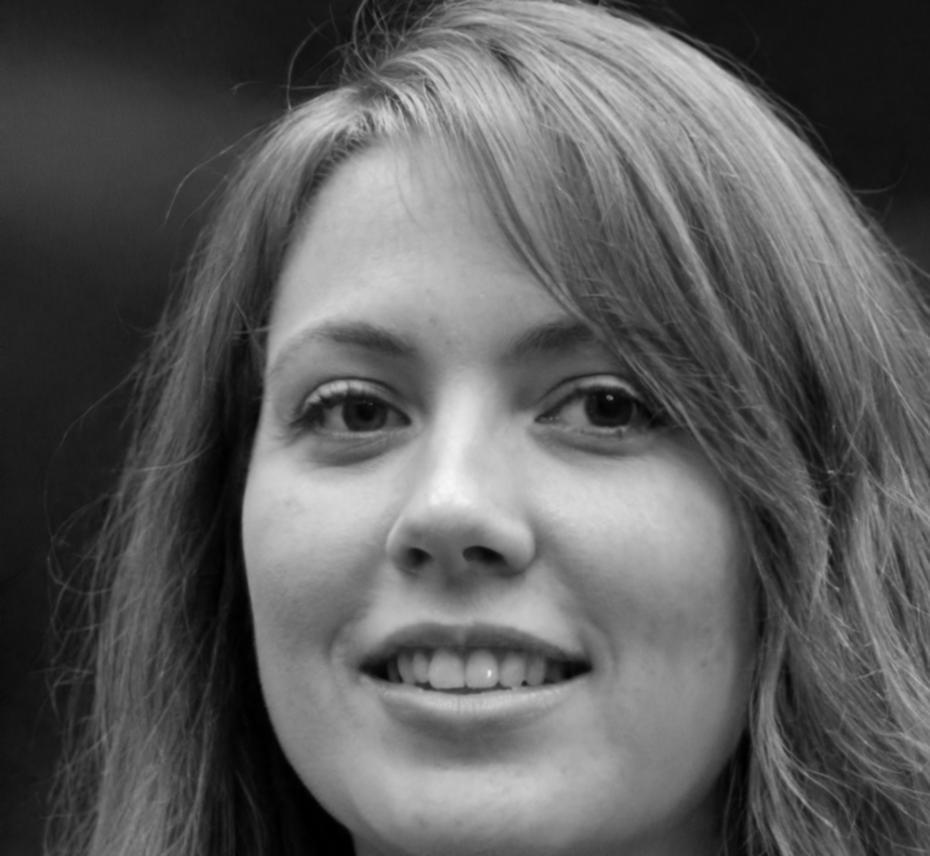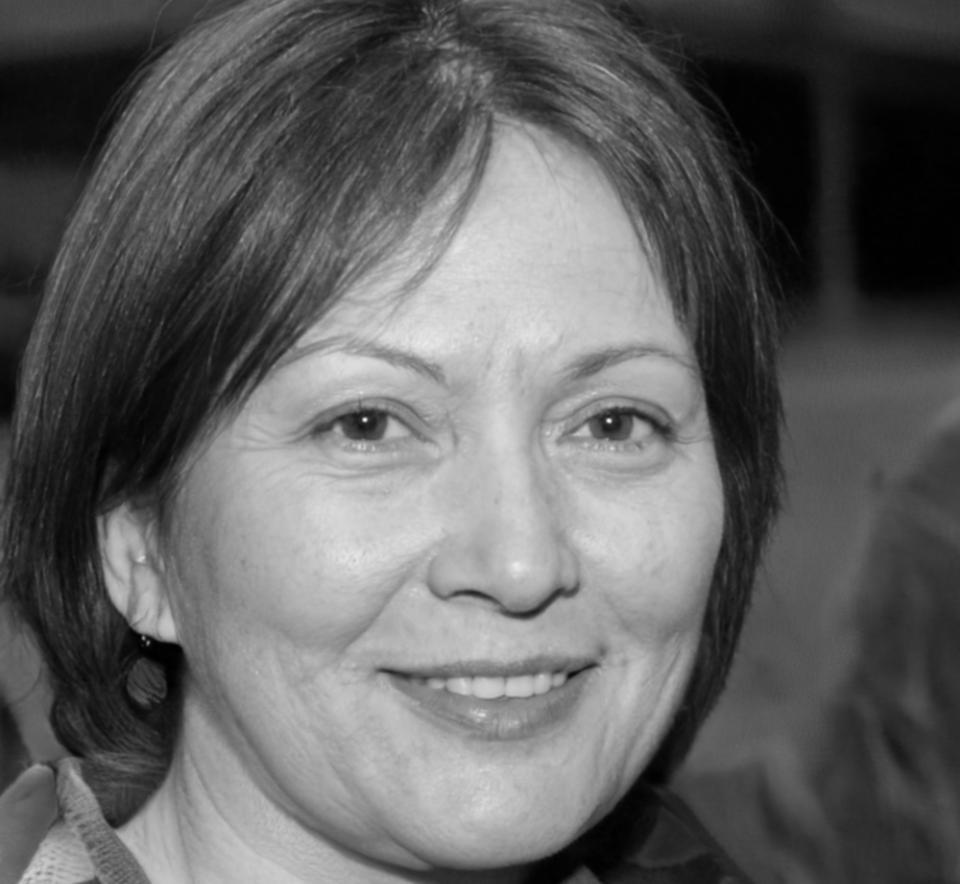Design Experiences That Actually Matter
We're not here to teach you how to make things look pretty. Anyone can do that with enough tutorials. What we focus on is the messy, complicated work of understanding people and solving real problems through design.
Explore Our Programs
Research-First Methodology
Before touching any design tools, you'll spend weeks learning how to actually talk to users. We start with ethnographic research techniques, user interviews, and behavioral analysis. It's uncomfortable at first—most designers want to jump straight into wireframes.
Systems Thinking Approach
Design doesn't happen in isolation. You'll learn to see products as part of larger ecosystems—understanding business constraints, technical limitations, and organizational dynamics. This perspective changes everything about how you approach problems.
Real Project Collaboration
Working with actual Australian startups and established companies, you'll tackle genuine design challenges. These aren't classroom exercises—they're real problems with real stakeholders who care deeply about the outcomes.
Critical Design Analysis
We spend considerable time deconstructing why certain products succeed while others fail spectacularly. You'll develop the ability to see beyond surface-level aesthetics and understand the strategic decisions that drive user experience.
Cross-Disciplinary Integration
UX doesn't exist in a vacuum. Our curriculum weaves together psychology, anthropology, business strategy, and technology. You'll work alongside developers, product managers, and researchers—just like in the real world.
Portfolio Development
Your portfolio becomes a living document of your design thinking process. Rather than polished case studies, you'll create detailed narratives that show how you navigate ambiguity, handle setbacks, and evolve your approach based on feedback.
Your Learning Journey
Foundation Phase (Months 1-3)
You'll question everything you think you know about design. We start with cognitive science, human psychology, and the history of design thinking. It feels academic, but these concepts become the foundation for every decision you'll make later.
Research Immersion (Months 4-6)
This is where most people struggle. You'll conduct dozens of user interviews, analyze behavioral data, and learn to spot patterns others miss. The work is methodical and sometimes tedious, but it transforms how you see user problems.
Design Integration (Months 7-9)
Now you finally get to design—but with all that research foundation. Every wireframe, every interaction, every visual decision connects back to user needs and business objectives. The designs feel different because they solve real problems.
Professional Practice (Months 10-12)
Working on live projects with real deadlines, difficult stakeholders, and changing requirements. You'll learn to advocate for users while navigating corporate politics and technical constraints. This is where theory meets reality.
What You're Actually Getting Into
Who You'll Learn From

Zara Okafor
Research Lead
Spent eight years at Commonwealth Bank building their digital research practice. Zara believes most design problems are actually research problems in disguise. She has an uncomfortable talent for asking questions that reveal what people actually need versus what they say they want.

Indira Chen
Strategy Director
Former design director at Atlassian, where she led cross-functional teams through major product pivots. Indira teaches the political and strategic aspects of UX that most programs ignore—how to build consensus, manage stakeholders, and advocate for users within complex organizations.
Learning Through Real Problems
Theory only gets you so far. Every concept you learn gets immediately tested against actual design challenges from Australian companies. This isn't simulation—it's apprenticeship.
Live Client Projects
Work directly with startups and established companies facing genuine UX challenges. Your research and design decisions have real consequences.
Peer Review Process
Regular critique sessions where you defend your design decisions and learn to give meaningful feedback to others. These discussions often reveal assumptions you didn't know you had.
Industry Mentorship
Paired with practicing UX professionals who guide your development and provide honest feedback about your work and career trajectory.
Iterative Development
Your projects evolve based on user feedback, stakeholder input, and changing requirements—just like in professional practice.
What Happens Next
Our next cohort starts in July 2025. The application process involves a design challenge, but not the kind you might expect. We don't want to see your visual design skills—we want to understand how you think about problems and users.
Before you apply, spend time observing how people interact with digital products in their daily lives. Notice the small frustrations, the workarounds, the moments of confusion that most designers never see.
- 12-month program with flexible evening and weekend options
- Maximum 24 participants to ensure intensive mentorship
- Partnership projects with 8-10 Australian companies annually
- Access to UX research tools and software licenses
- Alumni network across major Australian design teams
